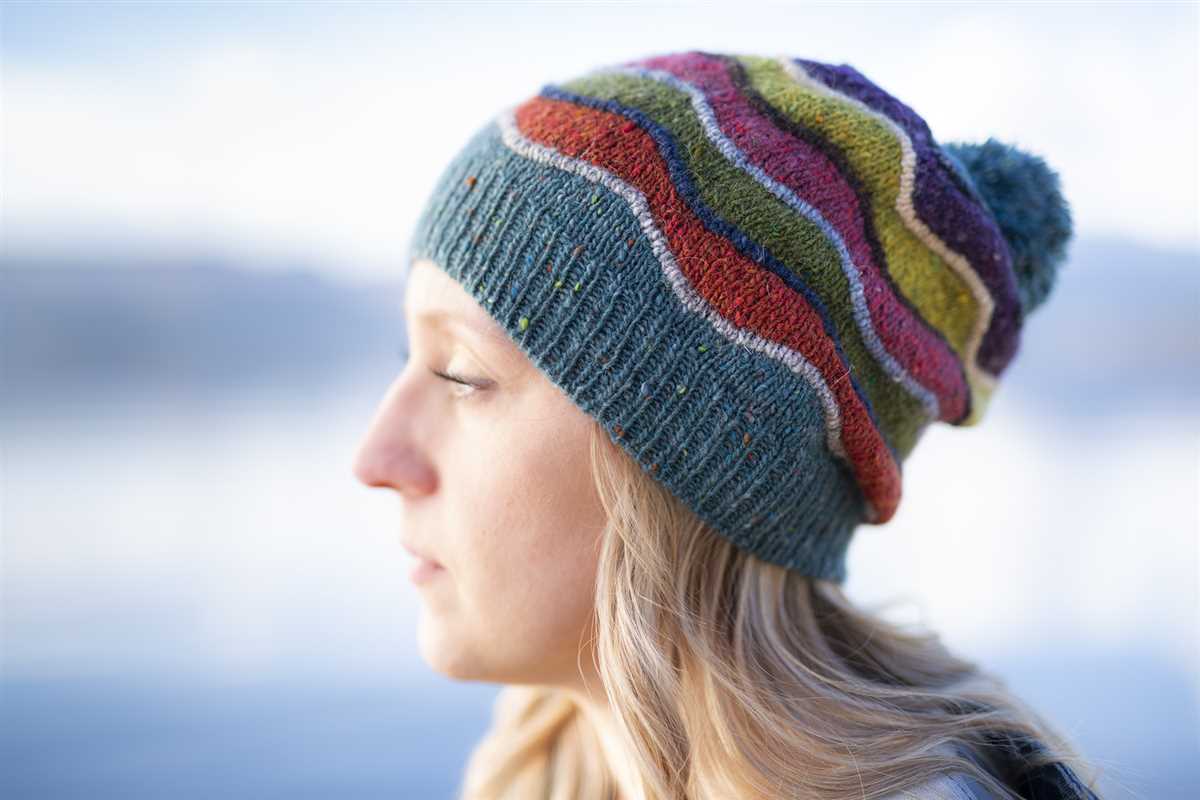
Looking to add a personal touch to your winter wardrobe? Knitting your very own hat is a great way to stay warm and stylish in the colder months. Whether you’re a seasoned knitter or just starting out, there are countless patterns available to help you create a hat that is uniquely yours.
One of the great things about knitting is the ability to customize your creation. Patterns for knitted hats allow you to play with different stitches, colors, and textures to make a one-of-a-kind accessory. From classic ribbed patterns to intricate Fair Isle designs, there is something for every skill level and style preference.
If you’re new to knitting, don’t worry! Many patterns for knitted hats come with clear instructions and video tutorials to guide you through the process. You’ll be amazed at what you can create with just a few simple techniques. Plus, knitting is a great way to relax and unwind after a long day.
Patterns for Knitted Hats
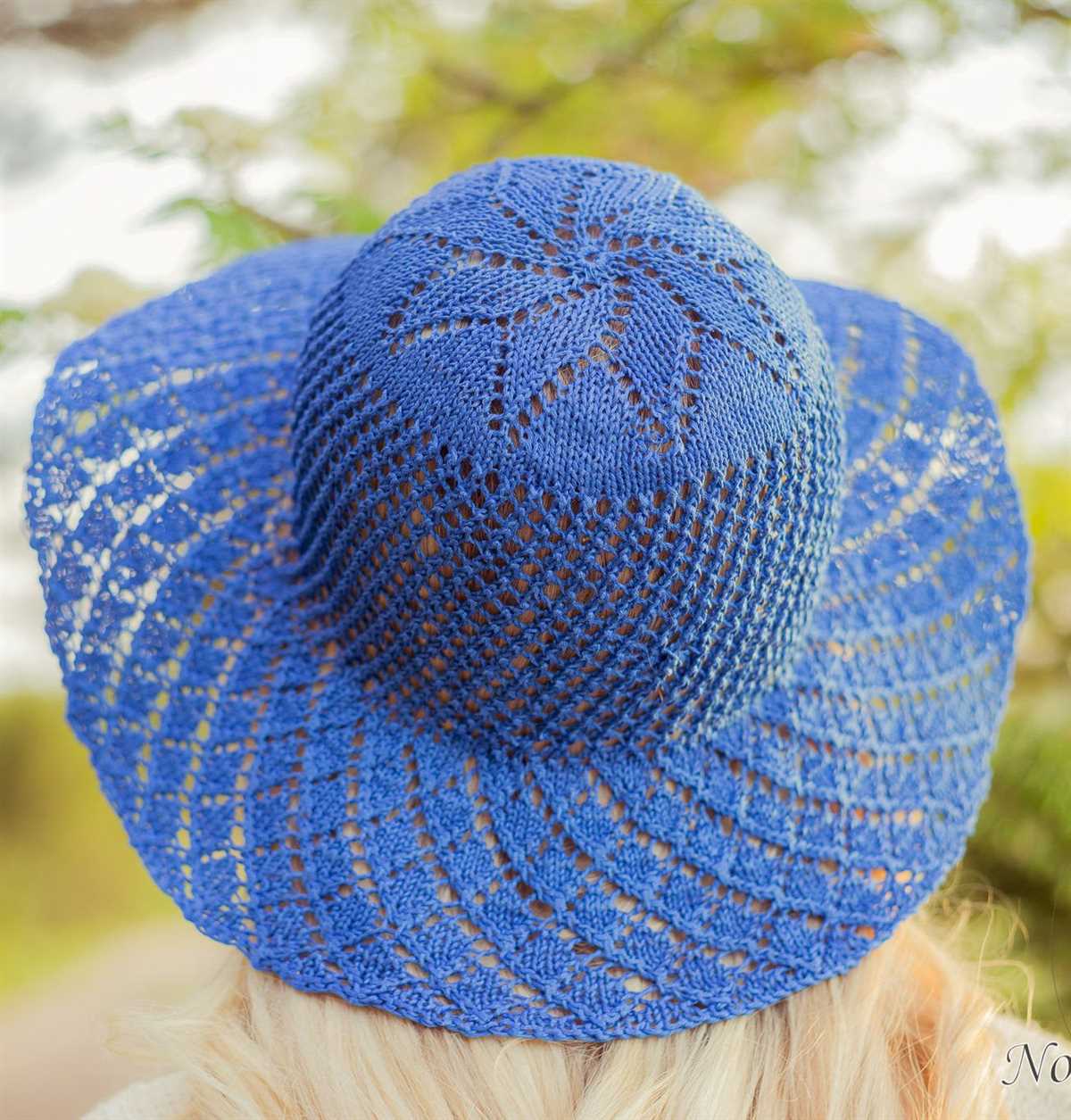
Knitted hats are a popular and versatile accessory that can add style and warmth to any outfit. Whether you’re a beginner knitter or an experienced pro, there are endless patterns to choose from. From simple and classic designs to more intricate and unique styles, there is a pattern out there for everyone.
Classic Ribbed Hat: This pattern is great for beginners and creates a timeless look. The ribbed texture adds stretch and flexibility, making it comfortable to wear. It can be knit with any type of yarn, making it easily customizable to fit your personal style.
Fair Isle Hat: If you’re looking for a more challenging project, the Fair Isle hat is a great option. This pattern uses two or more colors to create intricate geometric designs. The technique involves knitting with multiple strands of yarn at once, which requires some skill and concentration. The end result is a beautiful and unique hat that is sure to turn heads.
- Cable Hat: Cable knitting adds texture and depth to any hat. This pattern involves twisting stitches to create intricate cable patterns that resemble braids. It creates a cozy and warm fabric that is perfect for winter wear.
- Lace Hat: For a feminine and delicate look, a lace hat pattern is the way to go. Lace knitting involves intricate stitch patterns that create an open and airy fabric. This type of hat is perfect for spring or summer and can be made with lightweight yarn for a delicate and dainty look.
- Beanie Hat: The beanie hat is a classic and versatile style that can be worn by anyone. This pattern involves knitting in the round, creating a seamless and snug-fitting hat. It can be made with any type of yarn and is perfect for those looking for a quick and easy project.
When choosing a pattern for your knitted hat, consider your skill level, the type of yarn you want to use, and the style of hat you prefer. Whether you’re knitting for yourself or making a gift for a loved one, there is a pattern out there that will suit your needs.
Beginner’s Guide to Knitting Hats
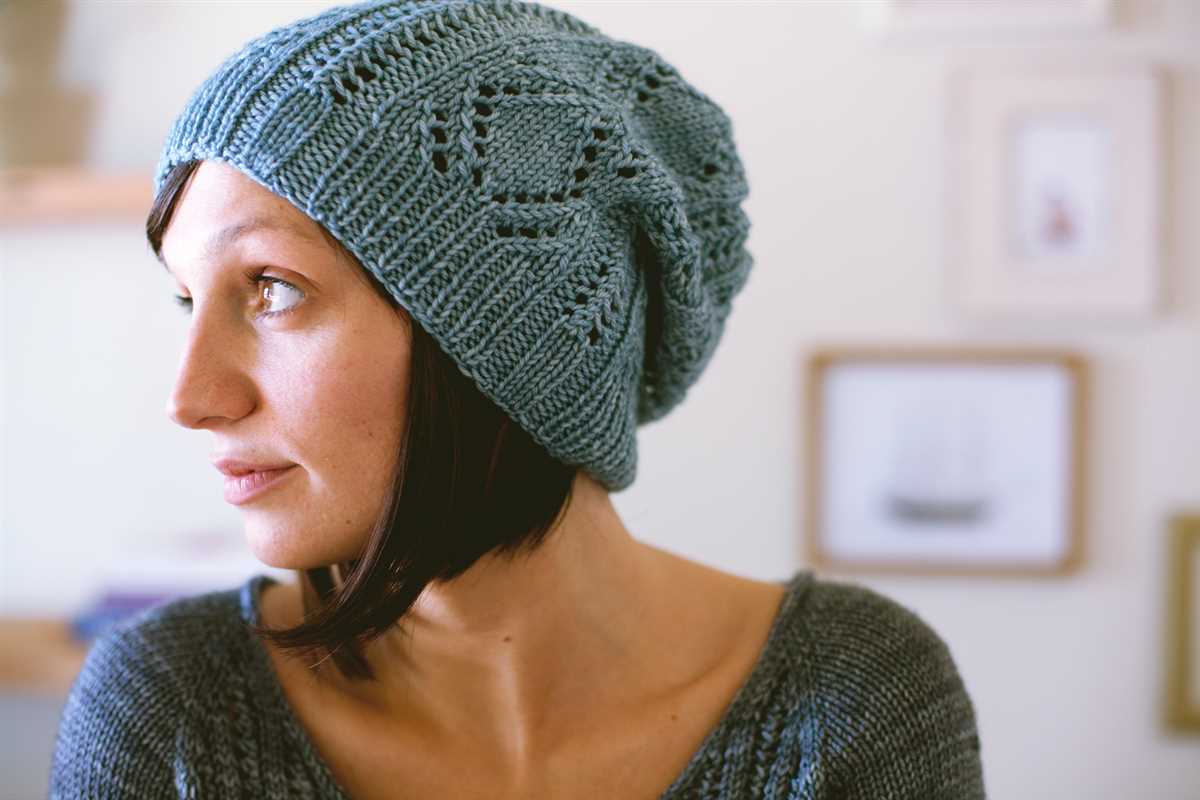
Knitting hats is a great way for beginners to practice their knitting skills and create beautiful and functional accessories. With a wide variety of patterns and stitches to choose from, you can easily find a project that suits your style and level of expertise.
When starting out, it’s important to choose a simple pattern that is specifically designed for beginners. Look for patterns that use basic stitches like knit and purl, as these are the foundation of most knitting projects. Additionally, opt for patterns that provide detailed instructions and include helpful tips and techniques.
Choosing the Right Yarn and Needles
When knitting hats, it’s important to select the right yarn and needles for your project. Consider the weight and fiber content of the yarn, as this will determine the warmth and drape of the finished hat. For beginners, it’s generally recommended to start with a medium-weight yarn, such as worsted or aran, as these are easier to work with.
As for needles, choose a pair that is appropriate for your selected yarn. Circular needles are often preferred for hat knitting, as they allow for easy stitching in the round and can accommodate a larger number of stitches. However, if you’re more comfortable with straight needles, they can also be used for knitting hats.
Following the Pattern
Once you have your yarn and needles ready, it’s time to start knitting! Begin by carefully reading through the pattern instructions and familiarizing yourself with the terms and abbreviations used. Make sure to check for any special techniques or stitches that may be required.
Take your time and follow the pattern step by step, paying attention to stitch counts and any shaping instructions. If you come across any unfamiliar terms or techniques, don’t hesitate to consult online resources or knitting tutorials for guidance. Remember, practice makes perfect, and with each project, your skills will improve.
Finishing and Personalizing Your Hat
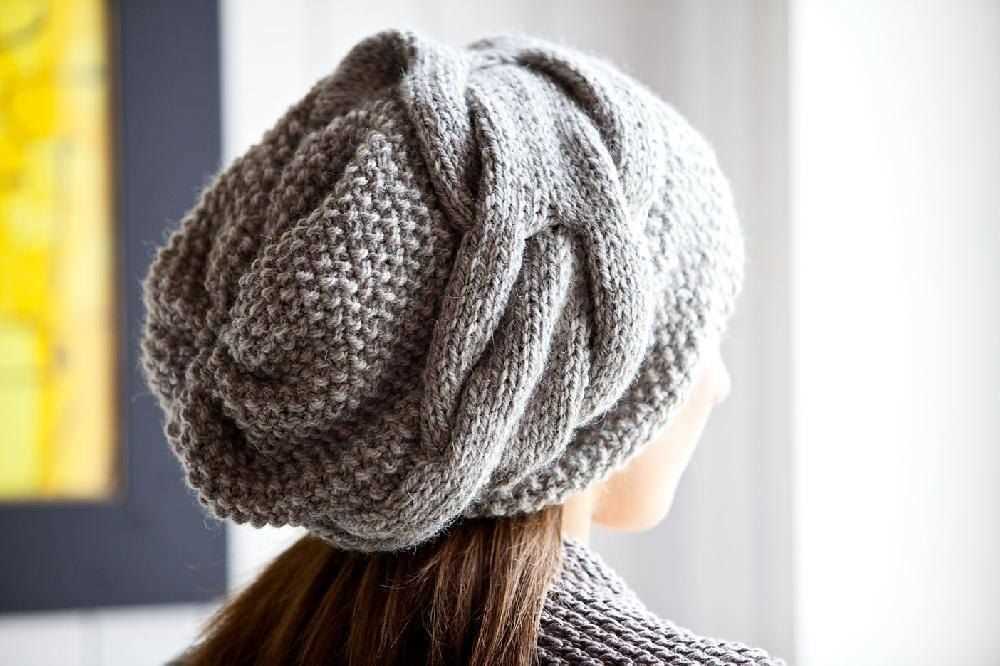
Once you’ve completed all the required knitting and shaping, it’s time to finish off your hat. This typically involves binding off the stitches to secure them and trimming any loose yarn ends. Give your hat a gentle blocking to help it retain its shape.
To personalize your hat, you can add embellishments such as pom poms, ribbons, or buttons. Be creative and experiment with different colors and textures to make your hat truly unique. With each hat you knit, you’ll gain confidence and skill, and soon you’ll be able to tackle more complex patterns and techniques.
Choosing the Right Yarn for Your Hat
When it comes to knitting a hat, one of the most important decisions you’ll make is choosing the right yarn. The yarn you choose can greatly impact the final result of your hat, so it’s important to consider factors such as fiber type, weight, and color.
Fiber Type: The type of fiber you choose for your hat will affect its warmth, breathability, and durability. Many knitters opt for wool or a wool blend for their hats, as wool is known for its excellent insulation properties. However, if you’re knitting for someone with sensitive skin, you may want to consider a softer fiber like alpaca or cashmere.
Weight: The weight of the yarn will determine the thickness and drape of your hat. Bulky or chunky weight yarns will create a thick, cozy hat, while fingering or lace weight yarns will result in a lighter, more delicate hat. Consider the pattern you’ll be using and the desired look and feel of the finished hat when choosing the weight of your yarn.
Color: The color of your yarn can greatly impact the overall look of your hat. If you’re knitting a hat as a gift, consider the recipient’s personal style and color preferences. Some knitters prefer bold, vibrant colors, while others opt for more neutral or earthy tones. Additionally, consider the pattern you’ll be using and how the color will interact with the stitch pattern.
Ultimately, choosing the right yarn for your hat is a personal decision, and there are no strict rules. Experiment with different yarns and have fun discovering which ones work best for your knitting style and desired hat design.
Essential Knitting Tools for Hat Making
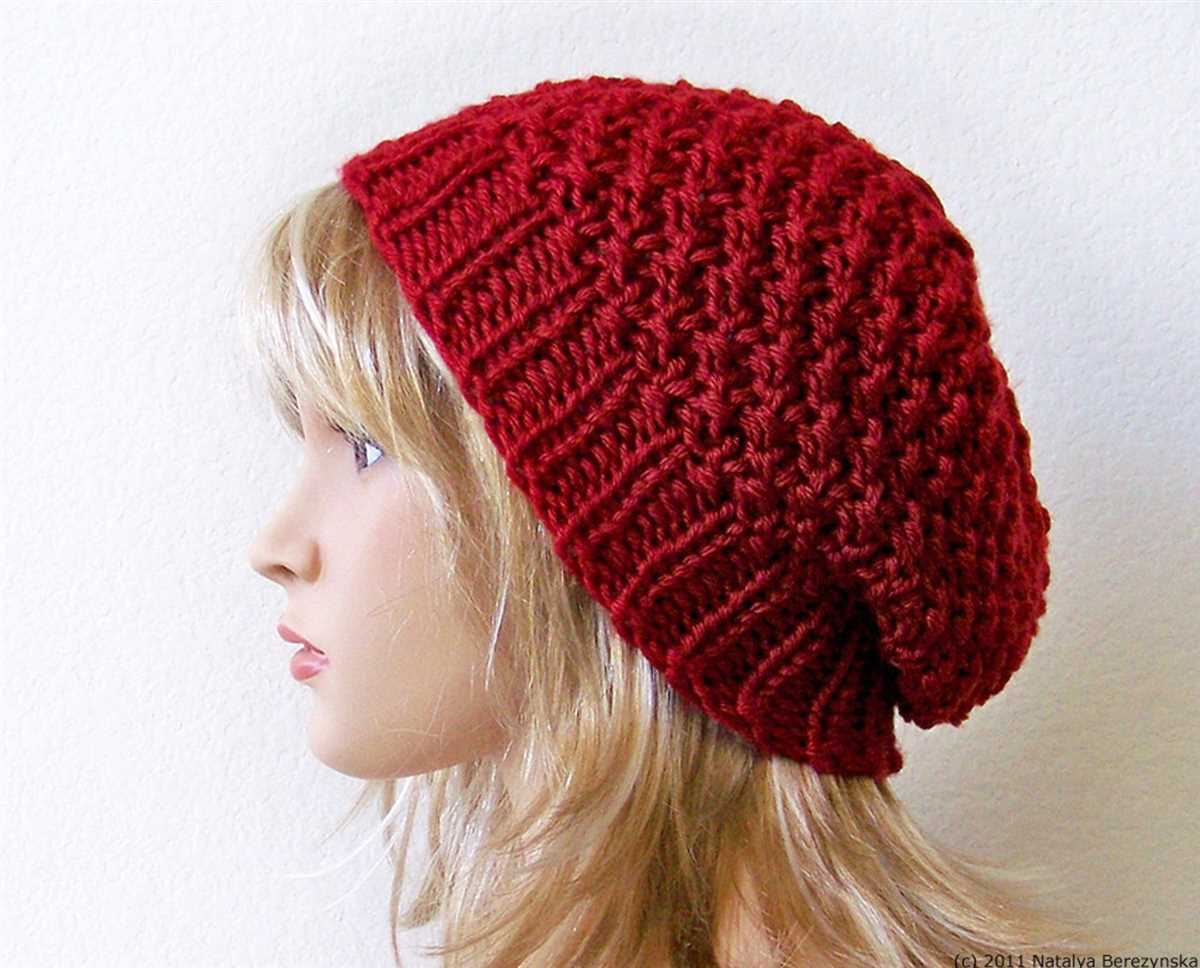
When it comes to making knitted hats, having the right tools can make all the difference in your knitting experience. Whether you are a seasoned knitter or just starting out, there are a few essential tools that you should have in your knitting kit to ensure successful hat making.
1. Knitting Needles: The first and most important tool you will need for hat making is a pair of knitting needles. Depending on the pattern you choose, you may need either circular needles or double-pointed needles. Circular needles are great for knitting hats in the round, while double-pointed needles are ideal for smaller projects like the crown of the hat.
2. Stitch Marker: A stitch marker is a small removable ring that helps you keep track of your knitting. It is especially useful when knitting in the round, as it marks the beginning of the round. You can use a simple plastic stitch marker or get creative with decorative ones.
3. Tapestry Needle: A tapestry needle, also known as a yarn needle or darning needle, is an essential tool for weaving in loose ends and sewing seams. It has a large eye that allows you to easily thread your yarn through and a blunt tip that prevents it from splitting the yarn.
4. Row Counter: Keeping track of your rows is crucial when knitting a hat, especially if you want to achieve a consistent size and shape. A row counter is a small device that can be attached to your knitting needles or worn on your finger. It allows you to easily keep track of your rows and helps you stay organized.
5. Scissors: A good pair of scissors is essential for any knitting project, including hat making. Whether you need to trim yarn or cut loose threads, having a sharp pair of scissors on hand is always handy.
6. Measuring Tape: To ensure an accurate fit, it’s important to measure your head before starting a hat project. A flexible measuring tape allows you to easily measure the circumference of your head, which will help determine the size of the hat and the number of stitches to cast on.
Having these essential knitting tools in your arsenal will make knitting hats a breeze. They will help you achieve professional-looking results and make the process more enjoyable. So gather your tools, choose a pattern, and get ready to create beautiful hats with ease!
Basic Hat Knitting Patterns for Beginners
If you’re new to knitting and want to start with a simple project, then knitting a hat is a great option. Hats are not only practical, but they also make for a stylish accessory. With a basic hat knitting pattern, beginners can learn the essential techniques while creating a functional and fashionable item.
One of the simplest hat knitting patterns for beginners is the classic beanie. This pattern typically involves knitting in the round using circular needles or double-pointed needles. It starts with a ribbed brim and then transitions to stockinette stitch for the main body of the hat. The beanie can be customized with various color choices and can be easily adjusted for different head sizes.
Another beginner-friendly hat pattern is the garter stitch hat. Garter stitch is created by knitting every stitch on every row, resulting in a textured fabric. This pattern is great for practicing basic knitting stitches, such as casting on, knitting, and decreasing. The garter stitch hat is versatile and can be worn by both men and women. It’s also a great way to use up leftover yarn from previous projects.
If you’re feeling adventurous, you can try a pattern that incorporates different stitch patterns, such as cables or lace. These patterns may require more advanced techniques, but they can be achieved with practice. Knitting a hat with a more intricate design can add an extra level of interest and complexity to your knitting projects.
In conclusion, basic hat knitting patterns are perfect for beginners who want to learn and practice essential knitting techniques. Whether you choose a simple beanie or a more intricate design, knitting hats can be both enjoyable and rewarding. So grab your knitting needles and start creating your own cozy and stylish hats!
Popular Colorwork Techniques for Knitted Hats
Colorwork is a popular technique used in knitted hats to create stunning patterns and designs. It involves working with multiple colors in the same row, creating a visual interest and depth to the finished piece. There are several popular colorwork techniques that are commonly used in knitting hats.
Fair Isle Knitting
Fair Isle knitting is a traditional technique that originated in the Fair Isle of Scotland. It involves working with two colors in each row, carrying the strand of the unused color along the back of the work. The intricate patterns and motifs created with Fair Isle knitting are often associated with traditional and classic designs. This technique can be used to create beautiful and detailed patterns in knitted hats.
Intarsia Knitting
Intarsia knitting is another popular colorwork technique that allows knitters to create larger areas of color within a design. Unlike Fair Isle knitting, where the unused color is carried along the back, Intarsia knitting uses separate bobbins of yarn for each color block. This allows for clean color changes and the opportunity to create larger and more intricate designs in knitted hats.
- Slip Stitch Knitting: Slip stitch knitting is a colorwork technique that involves slipping stitches to create patterns and textures. It is a great option for beginner knitters who want to experiment with colorwork without having to juggle multiple colors in each row. Slip stitch patterns can create unique and eye-catching designs in knitted hats.
- Stranded Knitting: Stranded knitting, also known as two-color knitting or Nordic knitting, is a technique where two or more colors are worked across each row. The unused color is carried behind the work, creating floats on the back. This technique is commonly used in traditional Scandinavian knitting and can produce bold and intricate patterns in knitted hats.
- Double Knitting: Double knitting is a technique where two layers of fabric are simultaneously created, resulting in a reversible fabric with two different color patterns on each side. This technique is great for creating reversible hats with complex colorwork patterns.
These are just a few of the popular colorwork techniques used in knitted hats. Each technique offers its own unique challenges and opportunities for creating beautiful and intricate designs. Whether you’re a beginner or an experienced knitter, experimenting with colorwork can add a whole new dimension to your knitted hat projects.
Stylish Cabled Hat Patterns to Try
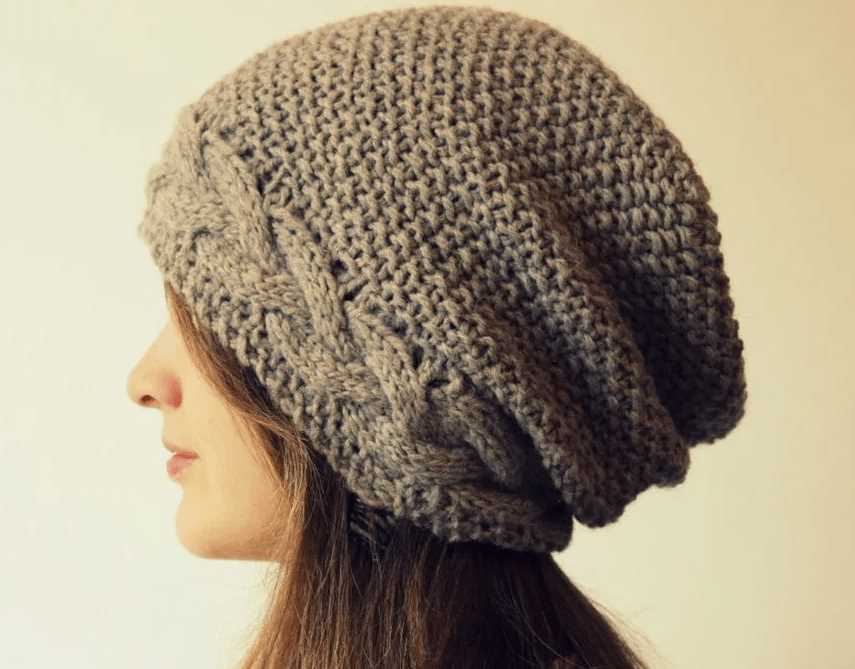
If you are looking to elevate your hat game and add a touch of sophistication to your winter wardrobe, cabled hat patterns are the perfect choice. These intricate designs feature beautiful interlocking patterns created with a combination of twisted stitches in varying directions. The result is a stunning and textured hat that will make heads turn wherever you go.
One popular cabled hat pattern is the “Diamond Cable Hat.” This design showcases a series of diamond-shaped cables that run from the brim to the crown of the hat. The intricate twists and turns of the cables create a visually striking effect, making it a perfect accessory for any winter outfit. Pair it with a cable-knit scarf or sweater to complete the look.
The “Braided Cable Hat” is another must-try pattern. This hat features a central braid cable design surrounded by smaller cables on each side. The combination of the central braid and the smaller cables adds depth and dimension to the hat, making it a stylish and eye-catching accessory. Whether you wear it with jeans and a cozy sweater or dress it up with a wool coat, this hat is sure to impress.
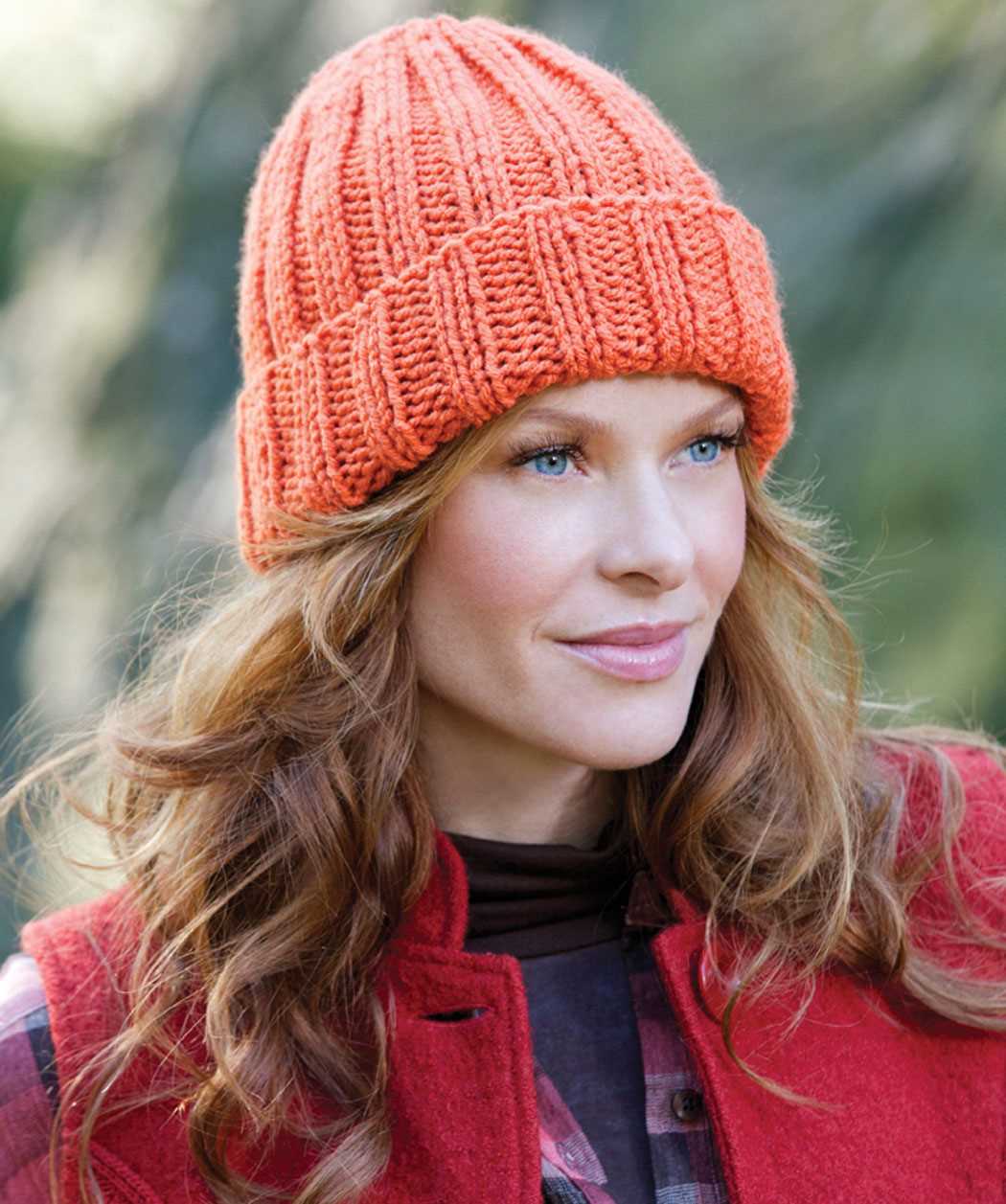
- The “Twisted Rib Cable Hat” offers a unique twist on the traditional cable pattern. This design incorporates twisted ribs with interlocking cables to create a visually interesting texture. The result is a hat that not only looks great but also provides extra warmth and insulation.
- If you’re looking for a more minimalistic yet still stylish option, the “Simple Cable Hat” is the way to go. This pattern features a single cable running vertically along the hat, creating a sleek and modern look. It’s perfect for those who prefer a more understated accessory.
These are just a few examples of the many stylish cabled hat patterns available. Whether you’re an experienced knitter or just starting out, trying out different cable designs will not only keep you warm during the winter months but also allow you to showcase your creativity and personal style.
Knitting Techniques for Adding Texture to Your Hats
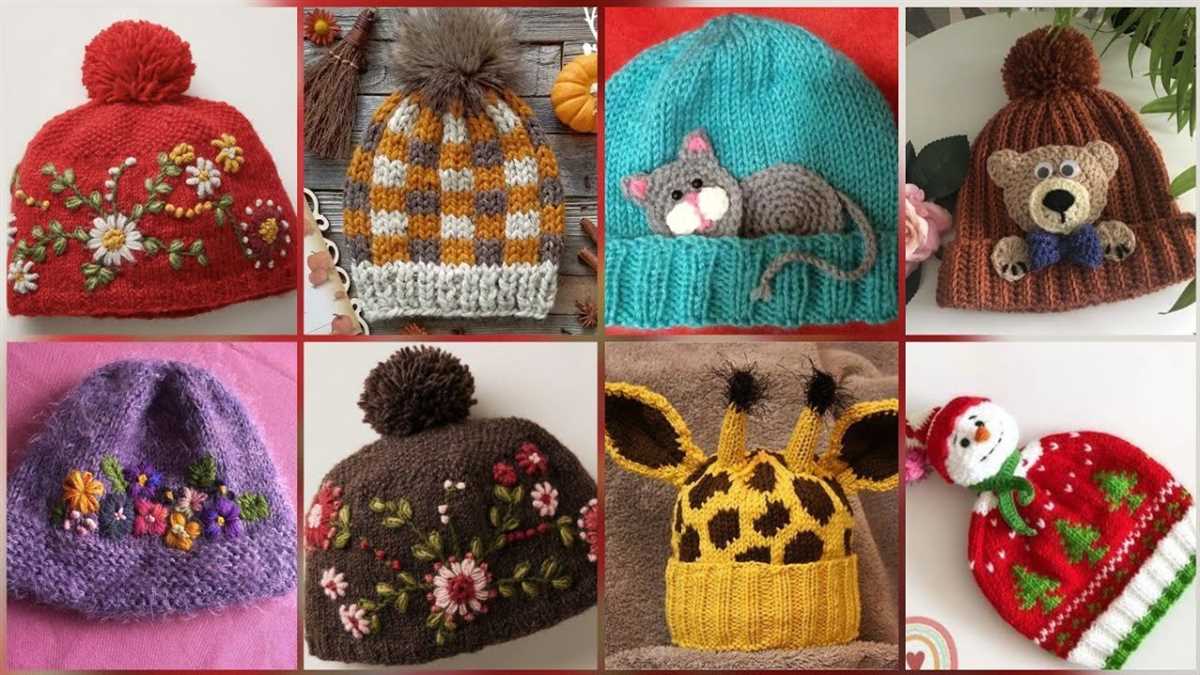
When it comes to knitting hats, adding texture can elevate the design and make it more visually appealing. There are several techniques you can use to achieve a textured look and feel for your next hat project.
Cables: One of the most popular techniques for adding texture to knitted hats is using cable stitches. Cables create raised, intertwined patterns that instantly add depth and interest to your hat. Experiment with different cable patterns, such as twists and braids, to create unique designs.
Slip Stitches: Another technique to consider is using slip stitches. By slipping stitches either knitwise or purlwise without working them, you can create a textured effect on the surface of your hat. This method is often used to create colorwork patterns or to add subtle texture to the fabric.
Seed Stitch: The seed stitch is a simple yet effective technique for adding texture to your knitting projects. It involves alternating between knitting and purling stitches in a specific pattern, creating a bumpy texture that adds visual interest to your hat. This technique works especially well for smaller projects like hats.
Bobbles and Popcorns: If you’re looking to add more pronounced texture to your hat, consider incorporating bobbles or popcorn stitches. Bobbles are clusters of stitches that are worked into a single stitch, creating a raised ball-like texture. Popcorn stitches, on the other hand, are similar but are worked into multiple stitches. These techniques can add a playful and whimsical touch to your hat design.
Fair Isle and Intarsia: If you want to add texture through colorwork, consider using Fair Isle or Intarsia techniques. Fair Isle involves working with multiple colors in a pattern, creating intricate designs. Intarsia, on the other hand, allows you to create large color blocks within your knitting. Both techniques can add visual interest and texture to your hat design.
Hat Patterns for Babies and Children
When it comes to keeping our little ones cozy and stylish, knitted hats are always a great choice. Whether you’re looking for a pattern to make a hat for your own baby or as a gift, there are plenty of adorable options to choose from. From simple designs to more intricate patterns, here are a few ideas to get you started.
1. Classic Ribbed Baby Hat
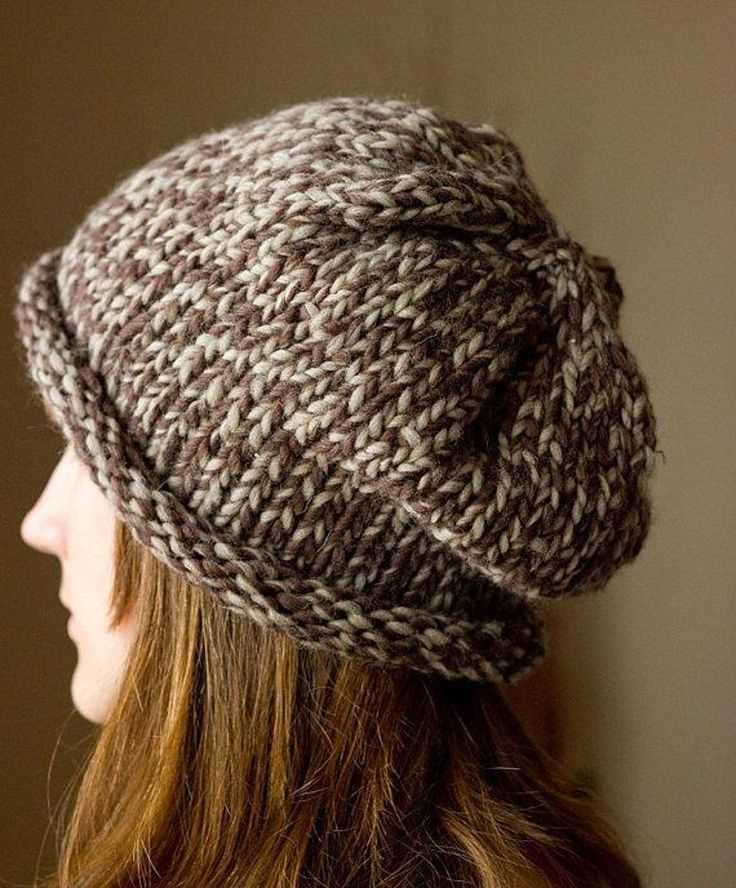
A classic ribbed hat is a timeless choice for babies. This pattern typically features a folded brim for added warmth and a snug fit. The ribbing detail adds texture and stretch, making it easy to put on and take off. It’s a versatile design that can be made in any color or yarn weight, making it suitable for both boys and girls.
2. Animal-Themed Hats
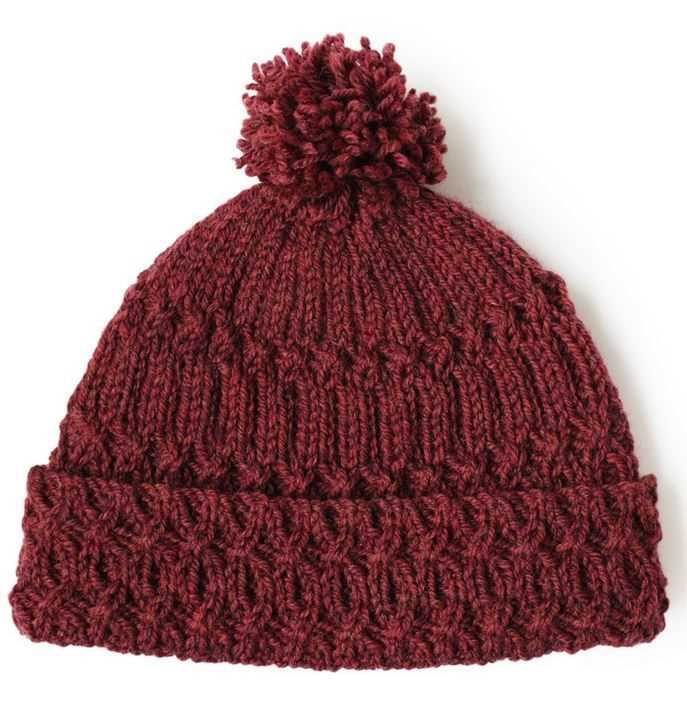
Animal-themed hats are always a hit with kids. From cute cat ears to playful puppy faces, there are endless possibilities to choose from. These hats often feature added details like earflaps, pompoms, or braided cords, adding an extra touch of whimsy. Choose their favorite animal or let them pick their own design for a hat that will make them feel extra special.
3. Fair Isle Hat
For those looking to challenge their knitting skills, a Fair Isle hat is a perfect option. This technique involves knitting with multiple colors, creating beautiful patterns and designs. A Fair Isle hat can be made in various color combinations, allowing you to create a unique and personalized look. This style is perfect for older children who want something a bit more sophisticated.
4. Pom Pom Hat
Nothing says fun and whimsical quite like a hat with a pom pom on top. Whether it’s a small pom pom or a big, fluffy one, it adds an extra touch of cuteness to any hat. You can easily customize the color and size of the pom pom to match the hat or make a bold statement. Pom pom hats are perfect for babies and toddlers, adding a playful element to their outfits.
No matter which pattern you choose, knitting hats for babies and children is a rewarding and enjoyable project. Not only will they keep little heads warm and cozy, but they also make for thoughtful and personalized gifts. With so many patterns and styles to choose from, you’re bound to find the perfect hat for the little ones in your life.
Hat Patterns for Men: Classic and Modern Styles
If you’re looking for stylish and versatile hat patterns for men, you’re in the right place. Whether you prefer classic designs or want to embrace more modern styles, there are plenty of options to choose from. With the right hat pattern, you can add a touch of sophistication or a trendy edge to any outfit.
Classic Hat Patterns
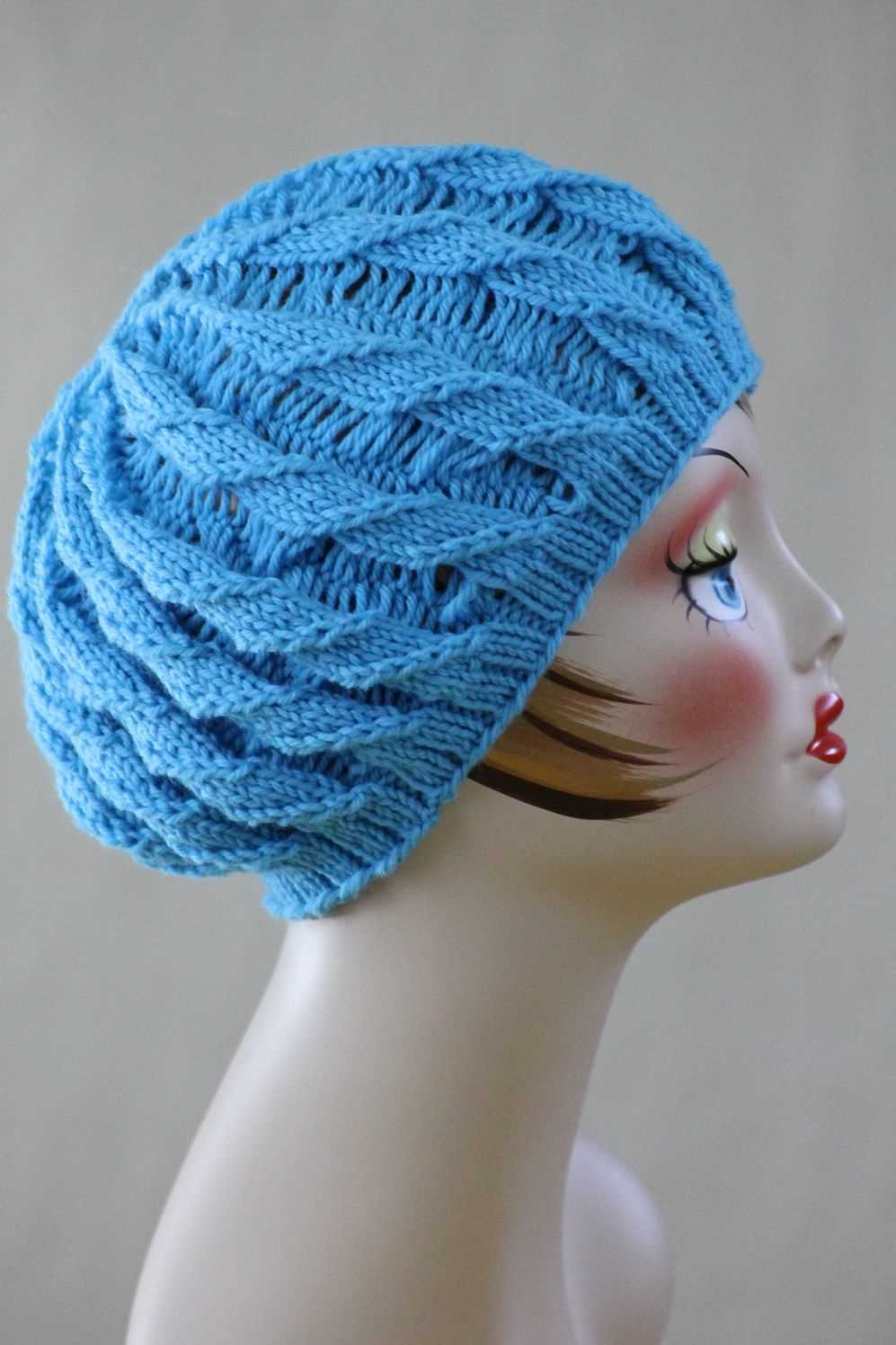
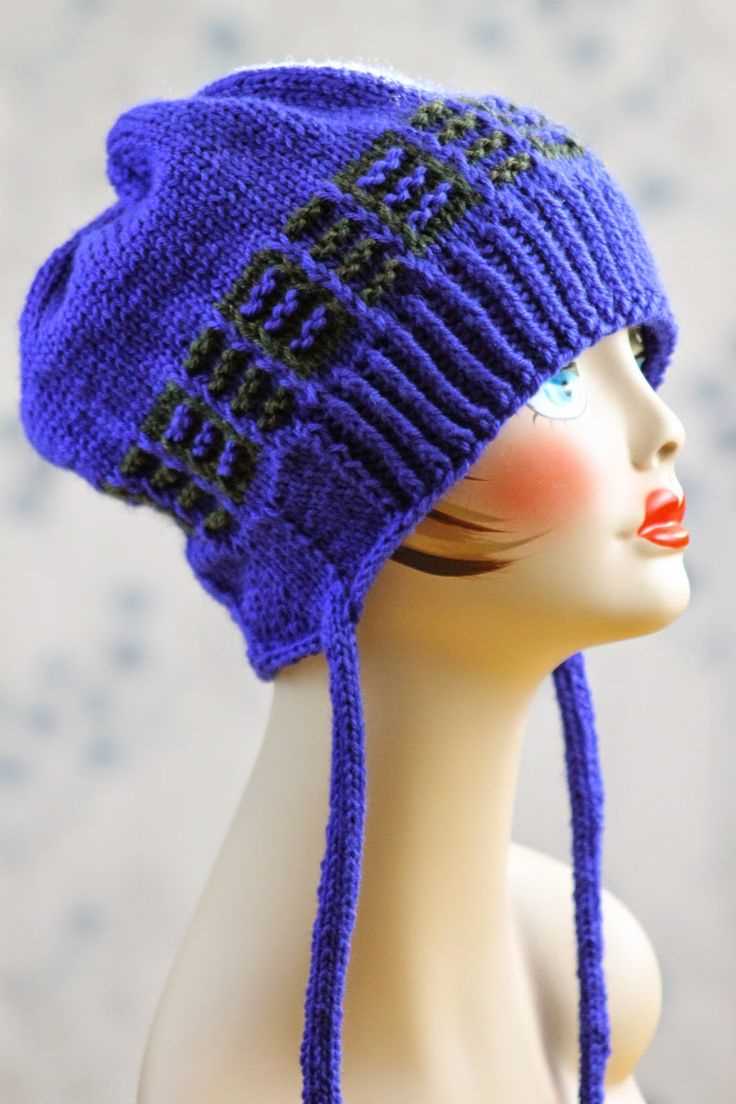
Classic hat patterns never go out of style. They exude elegance and timeless appeal. For a traditional look, consider knitting a ribbed beanie. The ribbed texture adds depth and can easily be customized by changing the color or adding stripes. Another classic option is the cabled hat pattern. The intricate cable stitches create a sophisticated and luxurious look that’s perfect for winter.
Modern Hat Patterns
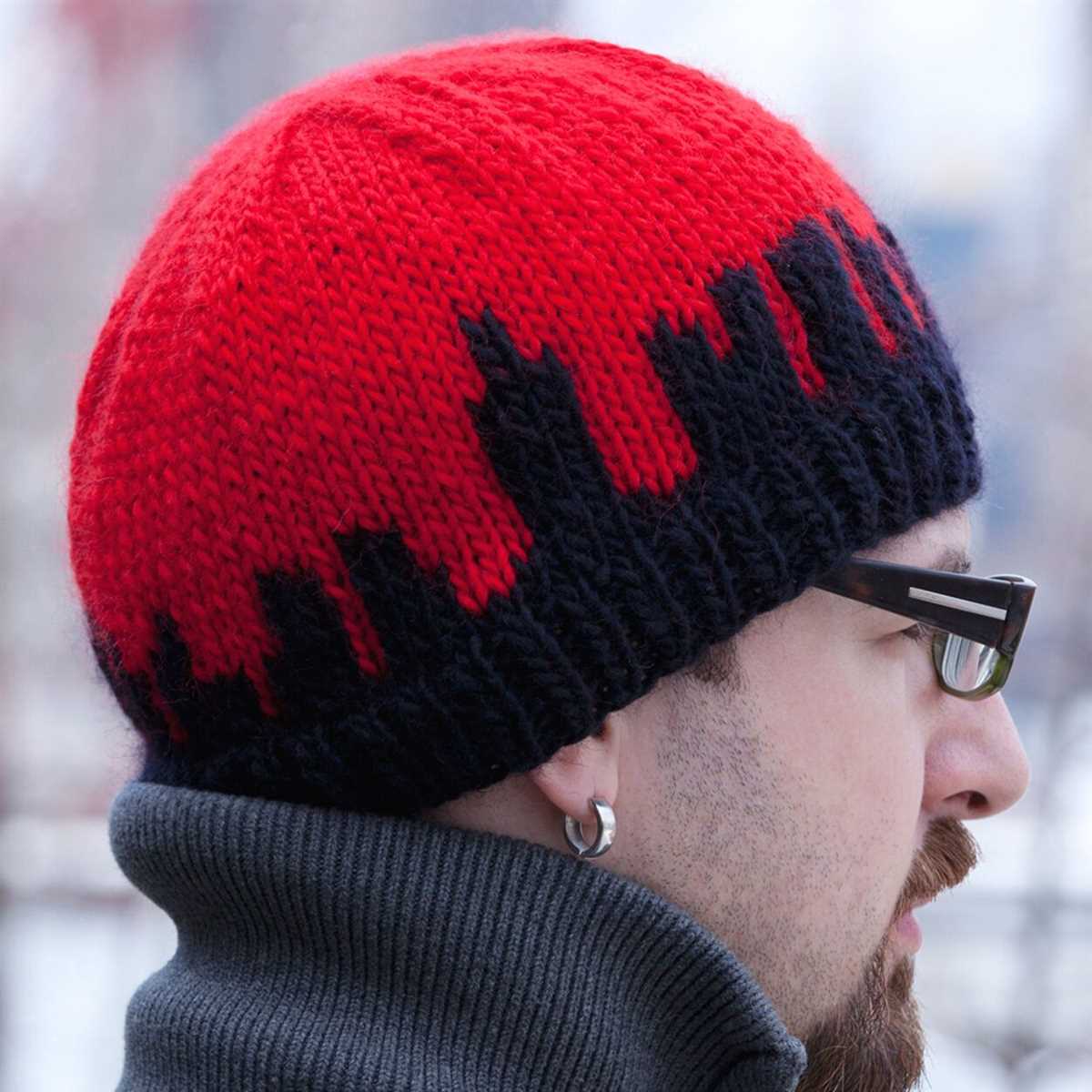
If you’re more into modern and trendy styles, there are hat patterns that cater to those preferences as well. The slouchy beanie is a popular choice among men who want to add a casual and relaxed vibe to their outfit. This style is versatile and can be worn with jeans and a t-shirt or dressed up with a leather jacket. Another modern option is the color-blocked hat pattern. By combining different colors in bold blocks, you can create a statement piece that adds a pop of color to any ensemble.
When choosing a hat pattern for men, it’s important to consider the intended recipient’s personal style and preferences. Classic hat patterns are timeless and versatile, while modern hat patterns offer a more contemporary and fashion-forward look. Whichever style you choose, the satisfaction of creating a unique and stylish accessory is sure to bring joy to the wearer.
Hat Patterns for Women: Fashionable and Versatile Designs
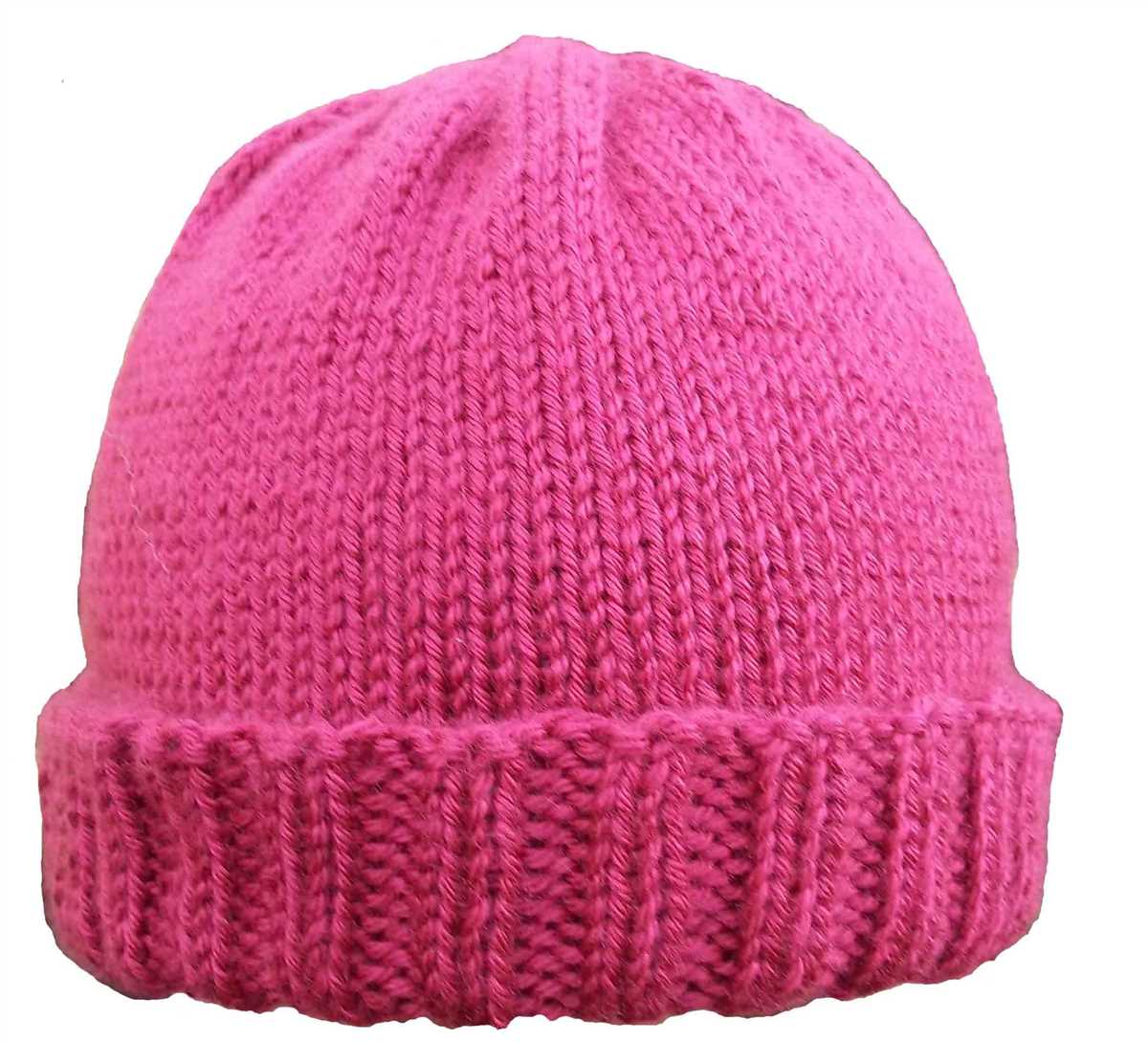
When it comes to accessorizing, hats are a timeless and essential piece in any woman’s wardrobe. Whether you’re looking to add a pop of color or complete your outfit with a stylish touch, hat patterns for women offer a wide array of fashionable and versatile designs that cater to every taste and style.
One popular hat pattern for women is the slouchy beanie. This casual and relaxed style is perfect for adding a laid-back and cozy vibe to any outfit. With its loose and unstructured fit, it can be easily paired with jeans and a sweater for a chic and effortless look. The slouchy beanie pattern often comes in various stitch patterns, making it a versatile choice for different occasions.
Classic Hat Patterns
If you’re more into timeless and elegant styles, classic hat patterns such as the beret or cloche hat are a perfect choice. The beret, with its flat crown and soft, rounded shape, adds a touch of Parisian sophistication to any outfit. This hat pattern is often knit in a fine gauge yarn to achieve its signature drape and delicate look.
On the other hand, the cloche hat pattern offers a more structured and tailored style. Originally popularized in the 1920s, this hat features a bell-shaped crown that hugs the head and a brim that frames the face. The cloche hat is often knit in a medium weight yarn with a tight stitch pattern to create a sturdy and polished look.
Colorful and Statement Hats
If you’re looking to make a bold fashion statement, hat patterns for women also include vibrant and eye-catching designs. From color-blocking to intricate cable patterns, these hats are sure to turn heads and add a unique touch to any outfit. Whether you opt for a bright neon beanie or a patterned slouchy hat, these colorful creations are perfect for adding a playful and trendy element to your wardrobe.
With the abundance of hat patterns for women available, it’s easy to find a style that matches your personality and fashion sense. Whether you prefer a classic and elegant look or want to experiment with bold and vibrant designs, these fashionable and versatile hat patterns are a must-have accessory for any woman.
Advanced Hat Knitting Techniques for Experienced Knitters
Knitting hats is a popular pastime for many craft enthusiasts. Once you have mastered the basic hat knitting techniques, you may be ready to challenge yourself with more advanced techniques. In this section, we will explore some advanced hat knitting techniques that will take your knitting skills to the next level.
1. Colorwork: Colorwork involves using multiple colors of yarn to create intricate patterns and designs on your hat. Fair Isle and intarsia are two popular colorwork techniques that can add depth and visual interest to your hats. Experiment with different color combinations and patterns to create unique and eye-catching designs.
2. Lace: Adding lace patterns to your hats can create a delicate and feminine look. Lace knitting involves creating eyelets and intricate stitch patterns that create an open and airy fabric. Knitting lace patterns requires precision and attention to detail, making it a great technique for experienced knitters looking for a challenge.
3. Cables: Cables are another advanced knitting technique that can add texture and dimension to your hats. By crossing stitches over each other, you can create twisted or braided patterns that give the appearance of cables. While cables may seem complex, with practice and patience, you will soon master this technique and be able to create stunning cable designs on your hats.
4. Beanies and slouchy hats: Once you have mastered the basic hat shapes, you can experiment with different styles and silhouettes. Beanies and slouchy hats are popular choices and offer a more modern and relaxed look. Play around with different stitch patterns, yarn weights, and lengths to create unique and stylish hats.
In conclusion, advanced hat knitting techniques offer endless opportunities for creativity and self-expression. Whether you choose to explore colorwork, lace, cables, or experiment with different hat styles, don’t be afraid to challenge yourself and push your knitting skills to new heights. With practice and perseverance, you will become a master of advanced hat knitting techniques and be able to create beautiful and unique hats that will be cherished for years to come.